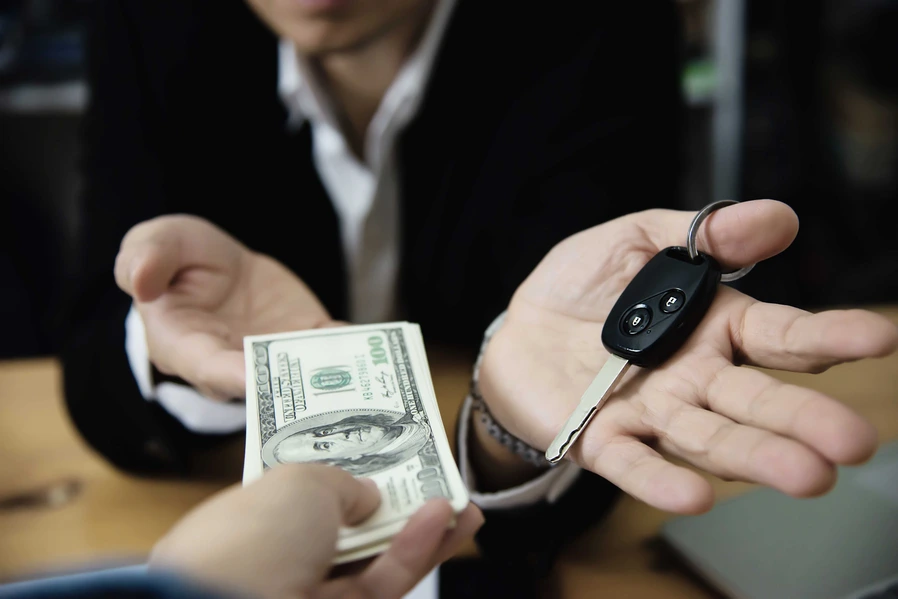Trade-ins are a common practice in the auto industry, often used by car owners to offset the cost of their next vehicle. However, navigating the trade-in process can be complex. This guide, equipped with tips from industry insiders, will help both buyers and sellers maximize the value of their trade-in cars.
Understand Your Vehicle’s Worth
To get the most out of your trade-in, you need to first understand your car's worth. Online tools like Kelley Blue Book, Edmunds, and NADA can give you a ballpark figure of your car’s trade-in value based on make, model, year, mileage, and condition. These values may vary, but they'll give you a starting point for negotiations.
Keep It Well-Maintained
A car in excellent condition generally commands a higher trade-in value. Regular maintenance, like oil changes, brake checks, and tire rotations, goes a long way. Keep a record of all maintenance, as this documentation can prove to a dealer that your vehicle has been well taken care of.
First Impressions Matter
Just as you would stage a home for sale, the same applies to your car. A clean, well-presented car can enhance its trade-in value. Thoroughly clean the interior, wash and wax the exterior, and consider minor cosmetic repairs. If your car looks good and drives well, it can significantly impact its perceived value.
Know When to Repair
While keeping your car in top shape is important, not all repairs will yield a return on investment. Major repairs might not significantly increase your trade-in value, but they could make your vehicle easier to sell. When contemplating a repair, consider its cost versus the potential increase in trade-in value.
Negotiate Separately
One crucial tip is to negotiate the trade-in value separately from the price of the new car. This will ensure you get the best possible deal on both ends. First, negotiate the best price for the car you're buying, then negotiate the trade-in value.
Be Realistic
While it's essential to aim for the highest trade-in value, it's equally important to be realistic. Age, mileage, and wear and tear all factor into the trade-in value. A high mileage or older vehicle might not fetch as much as you'd like. However, it can still contribute a significant amount towards your new car purchase.
Maximizing your trade-in value requires a balance of proper car maintenance, strategic negotiation, and realistic expectations. By using these tips as a guide, you can ensure you're getting the most value out of your trade-in. Remember, every little bit counts towards making your next car purchase more affordable.








